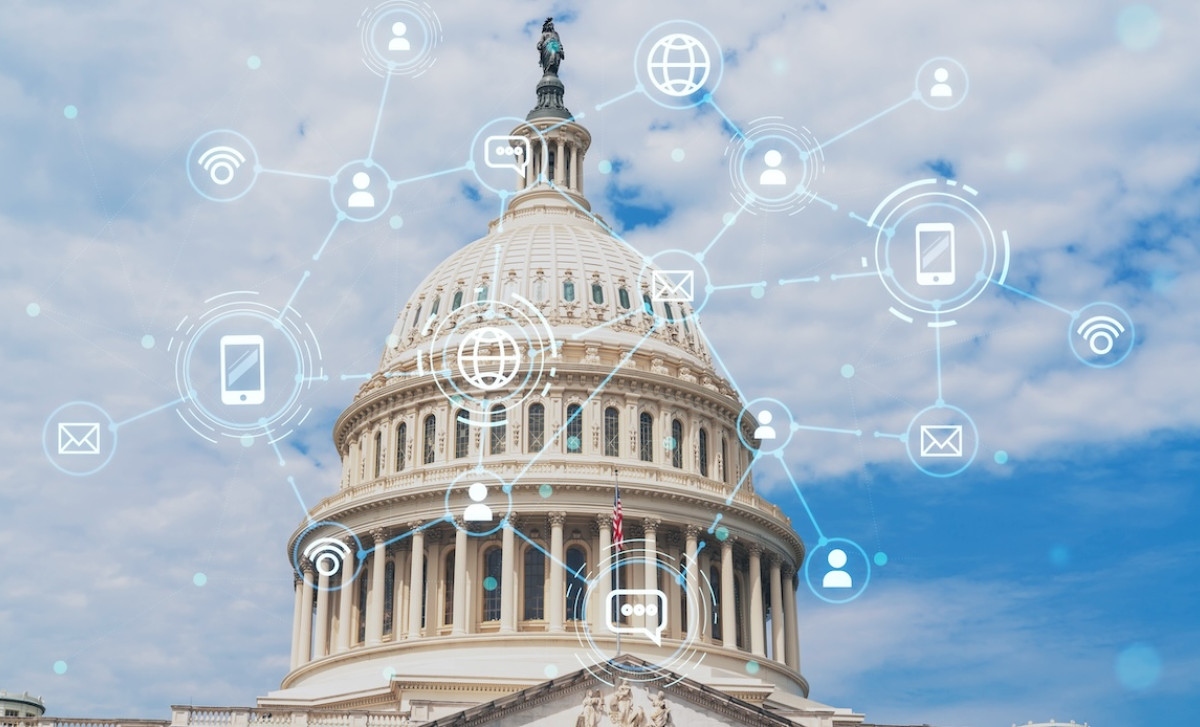
Nexus is a community of security leaders dedicated to protecting cyber-physical systems. We collaborate with top industry experts to deliver essential insights, strategies, and solutions for securing the critical systems that power our world.
© 2025 Claroty. All rights reserved.














